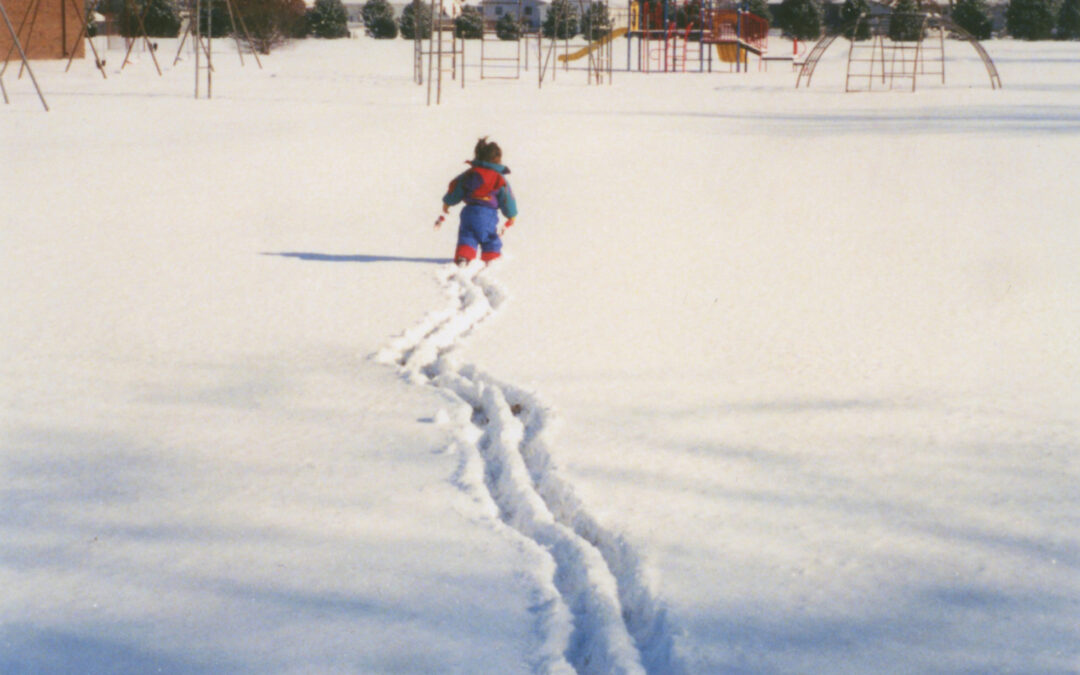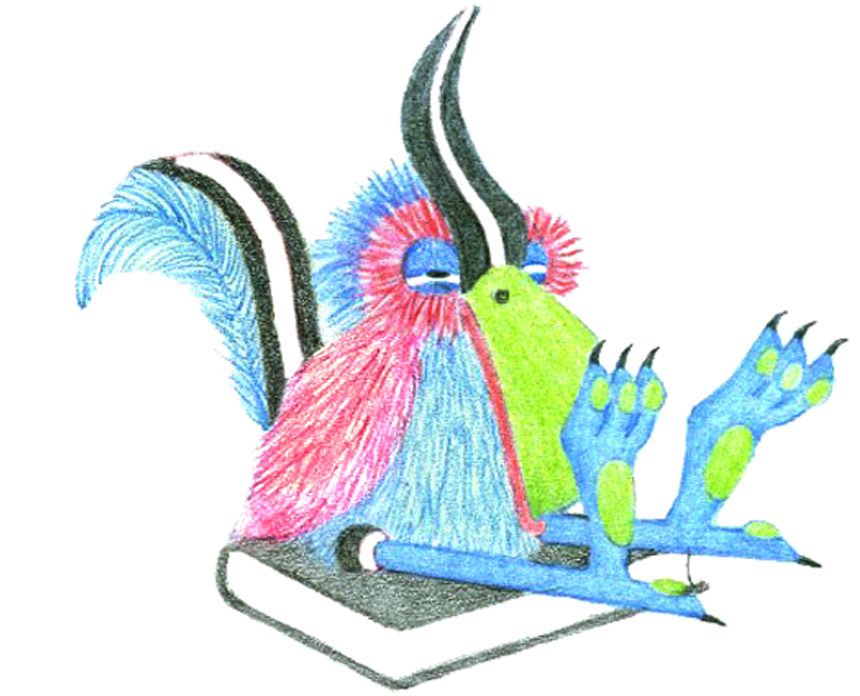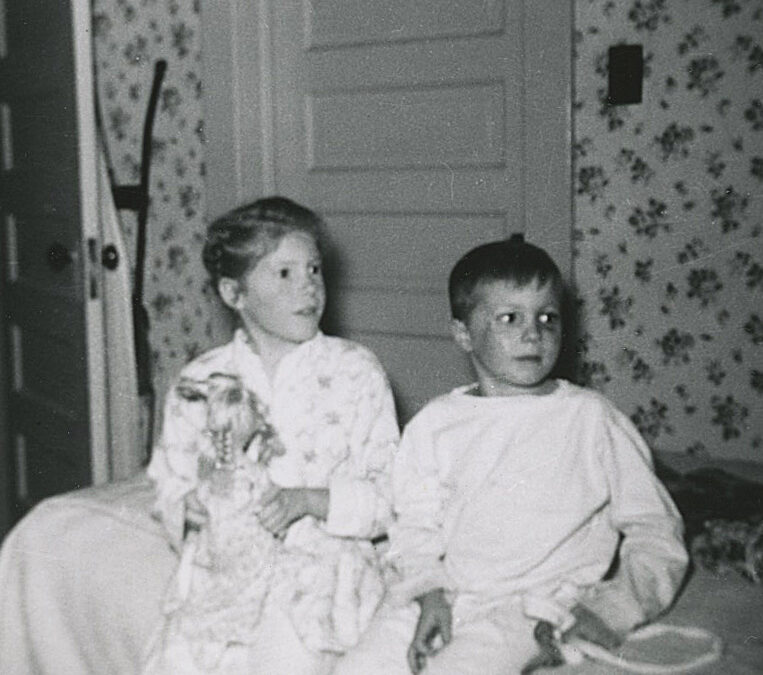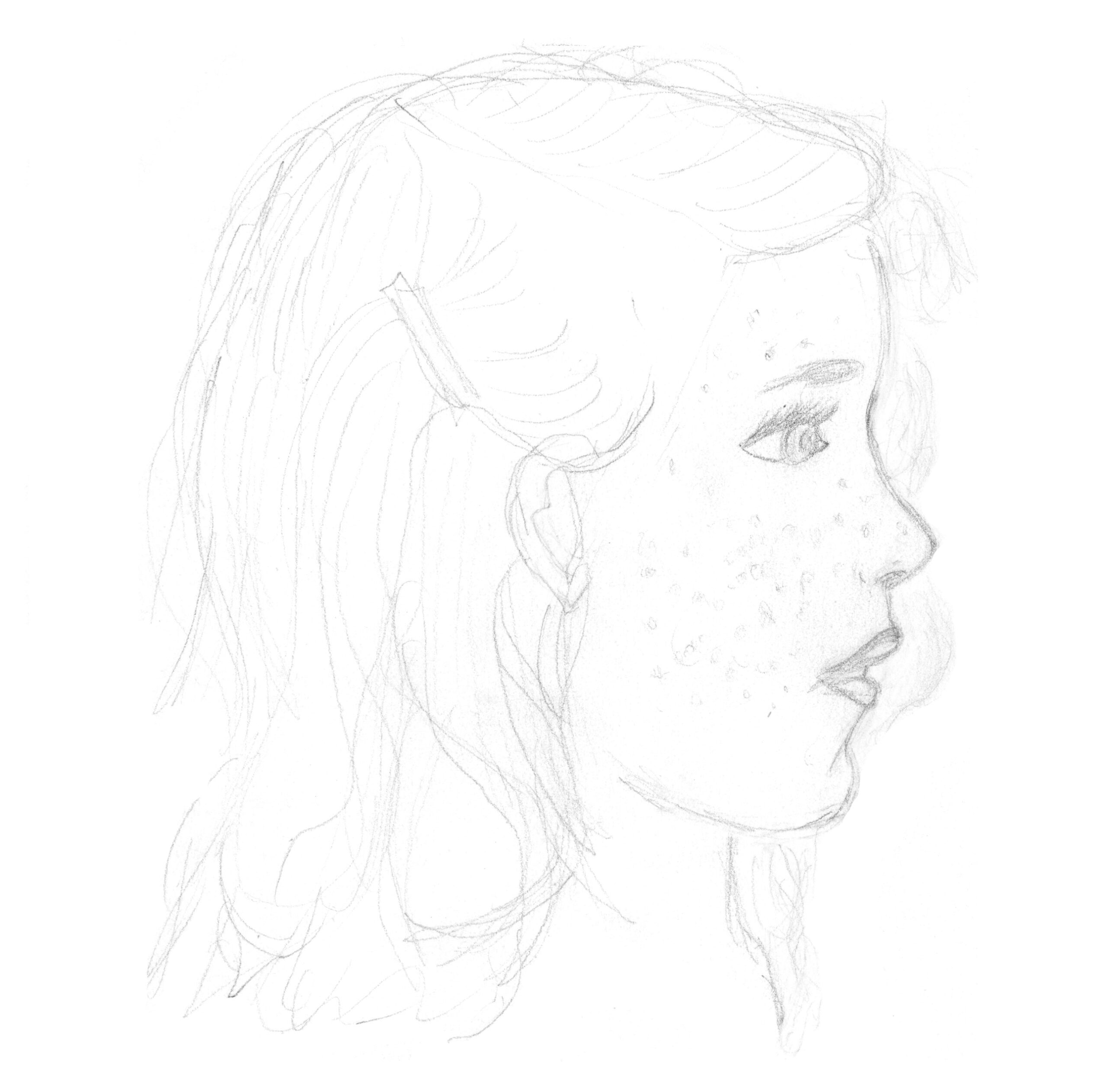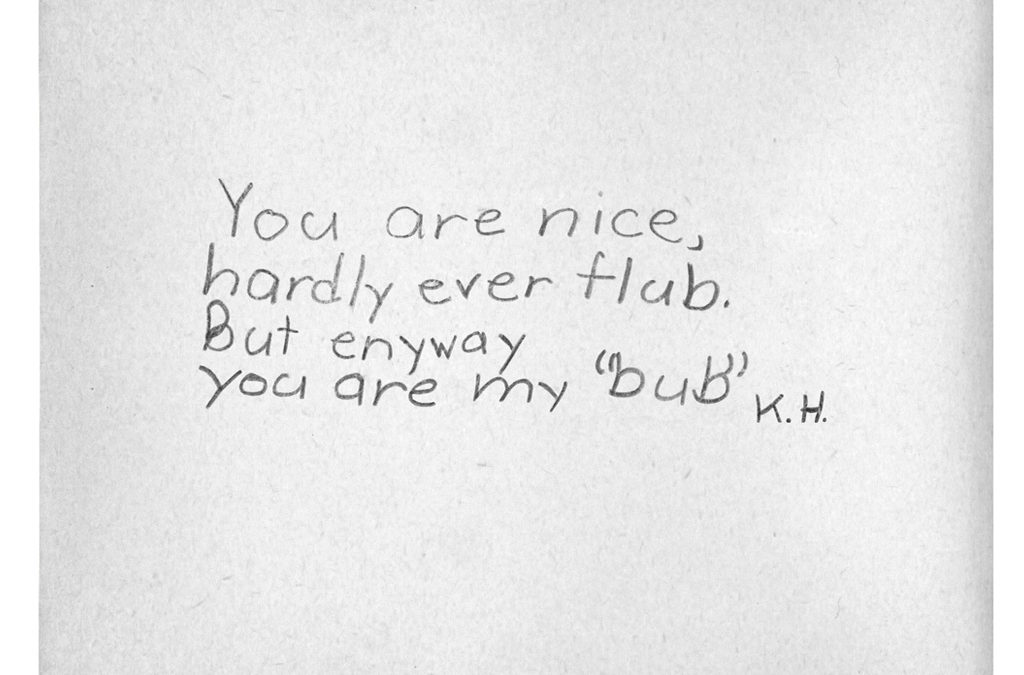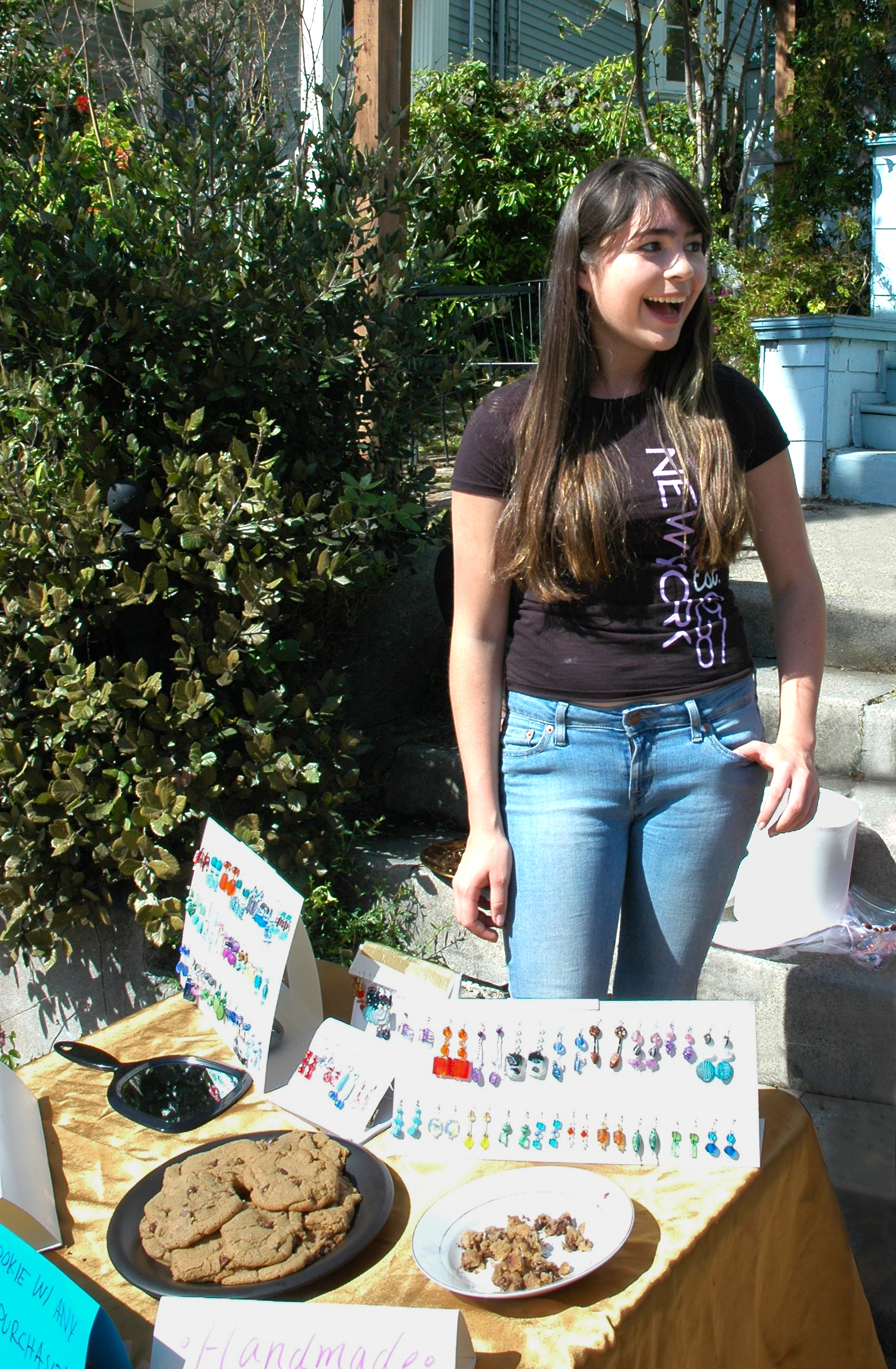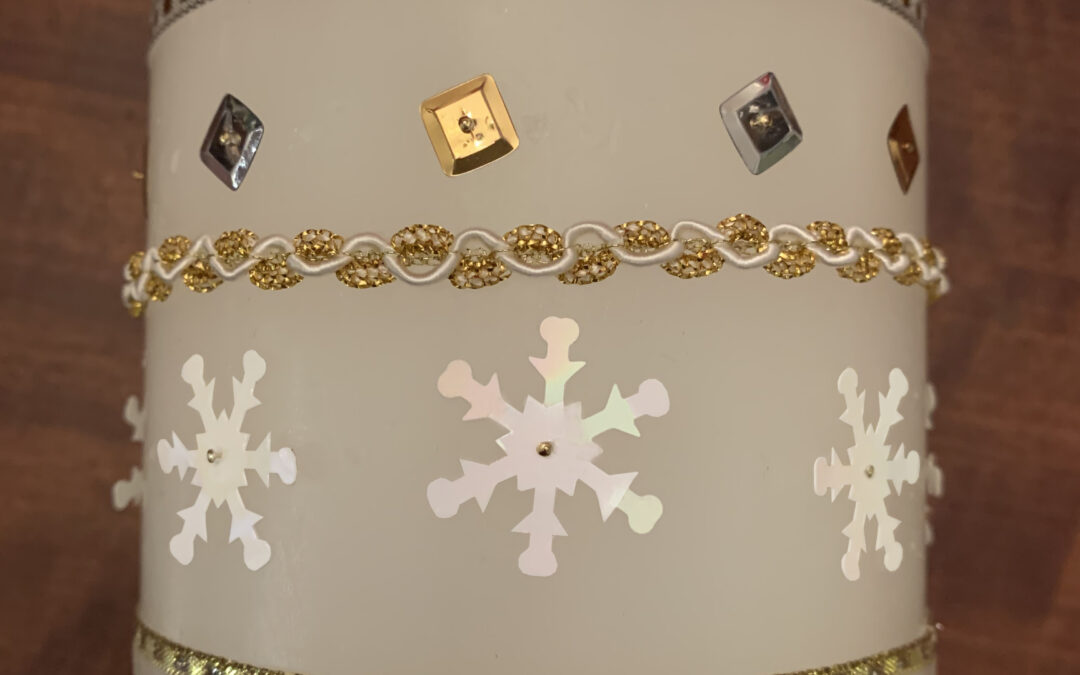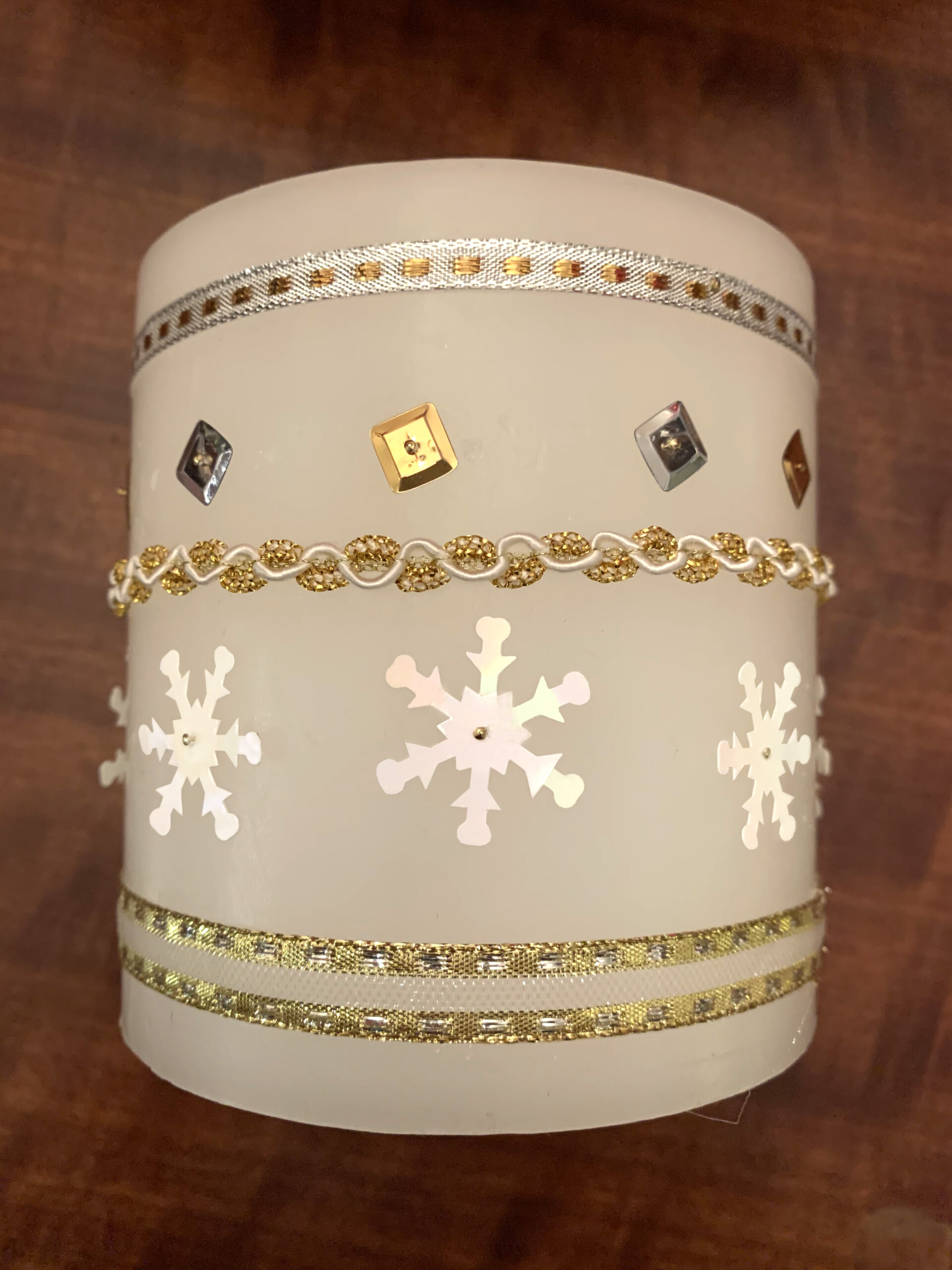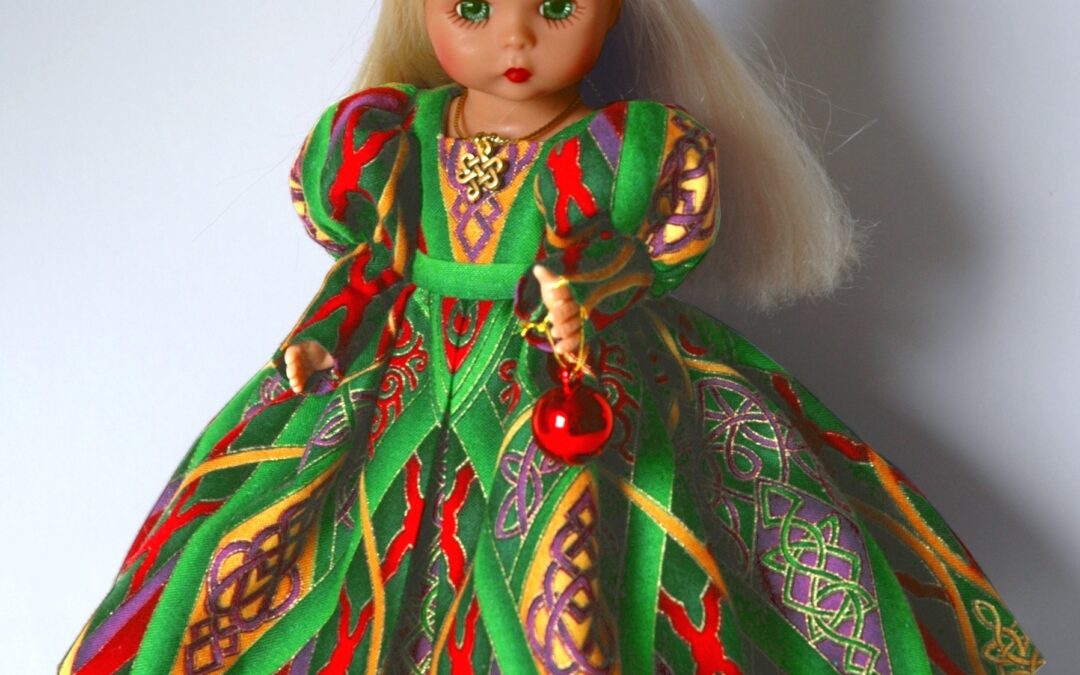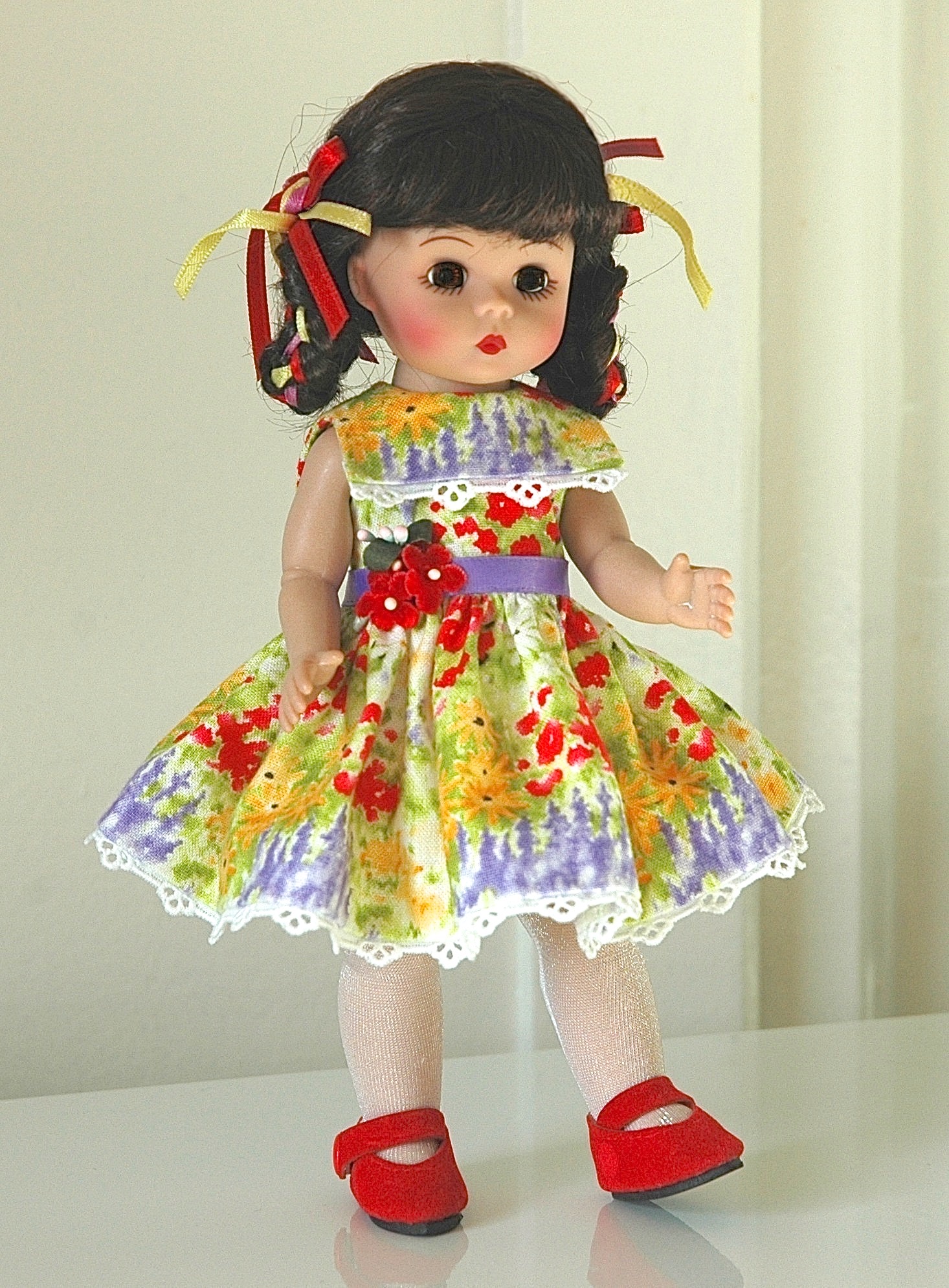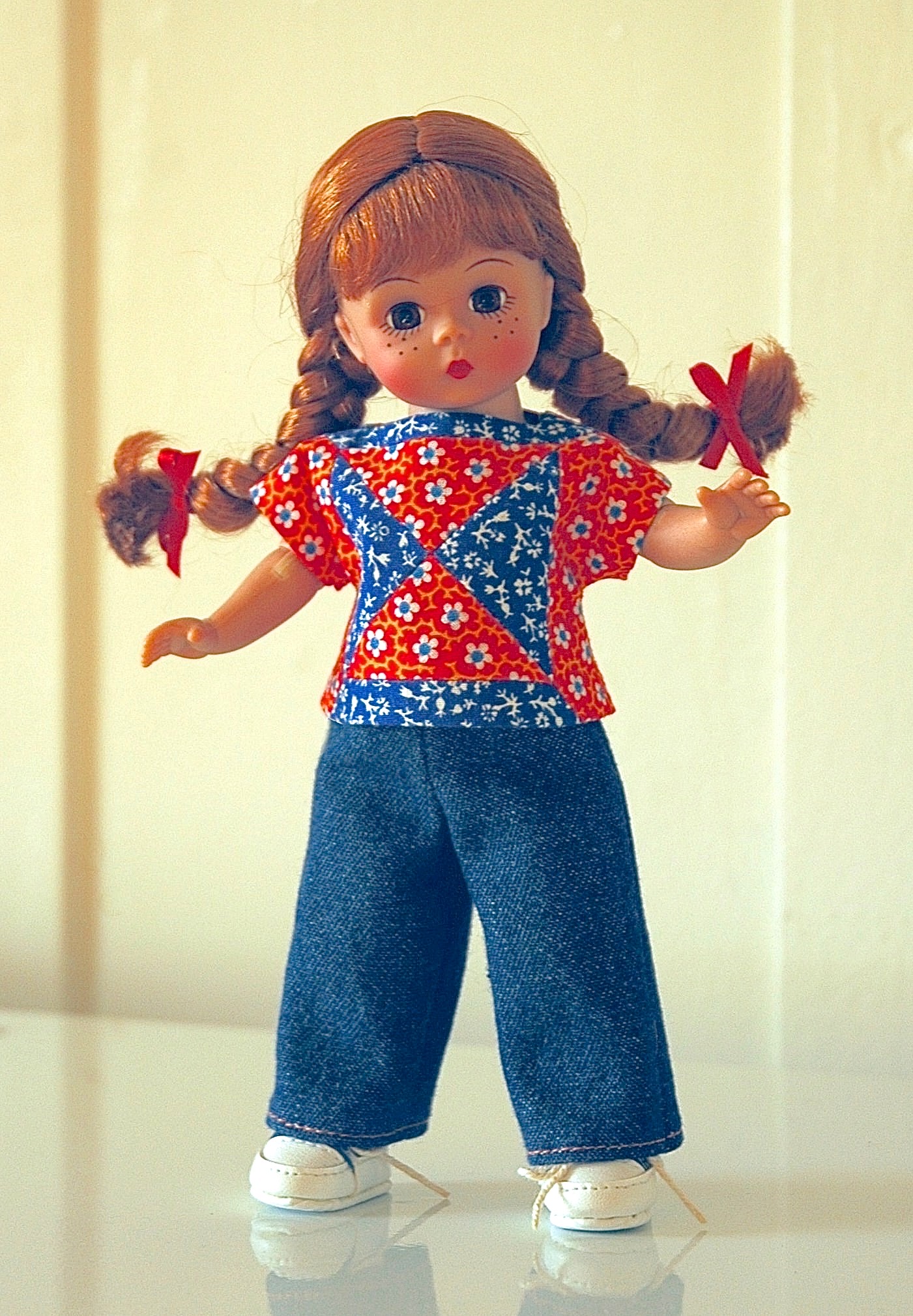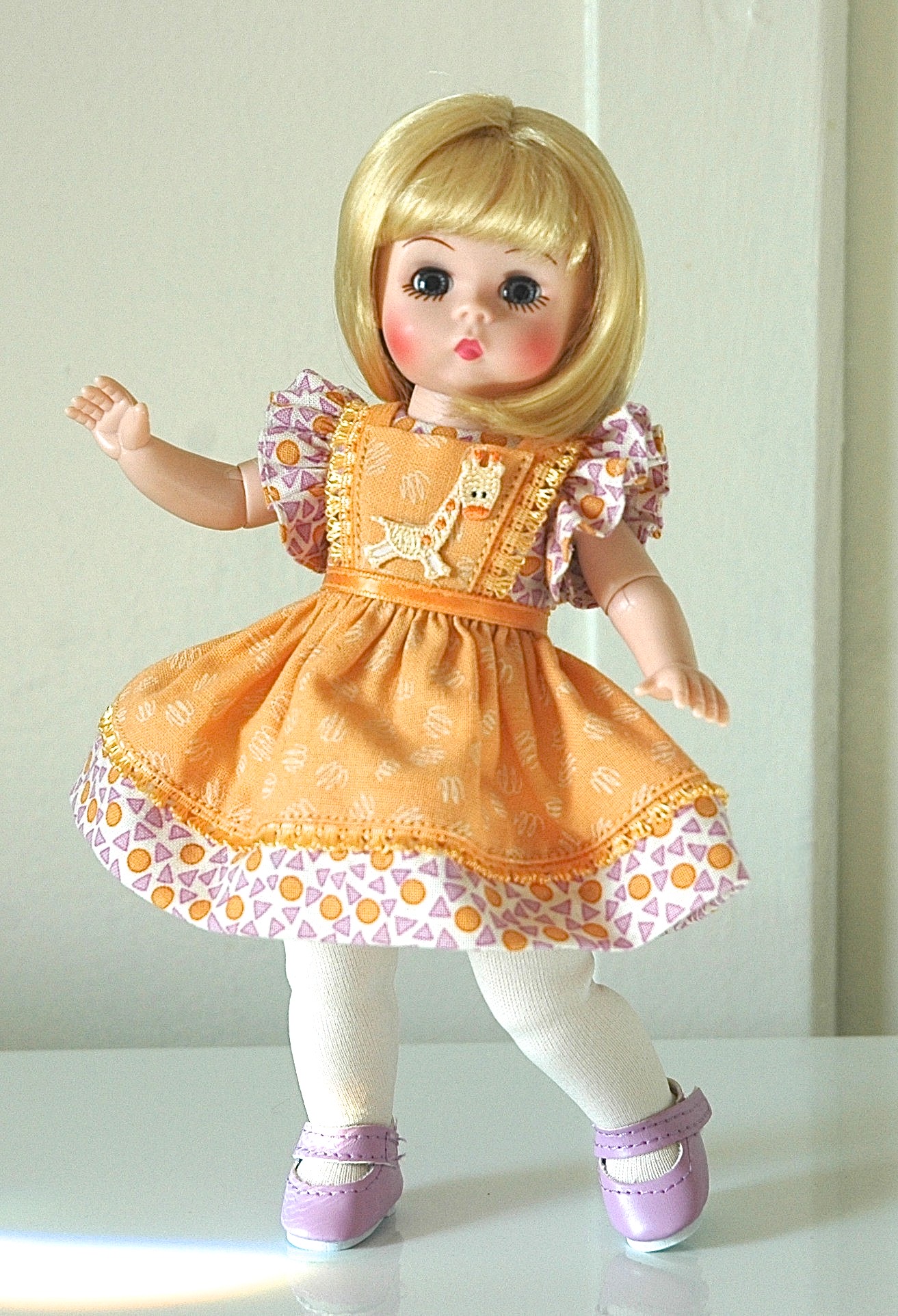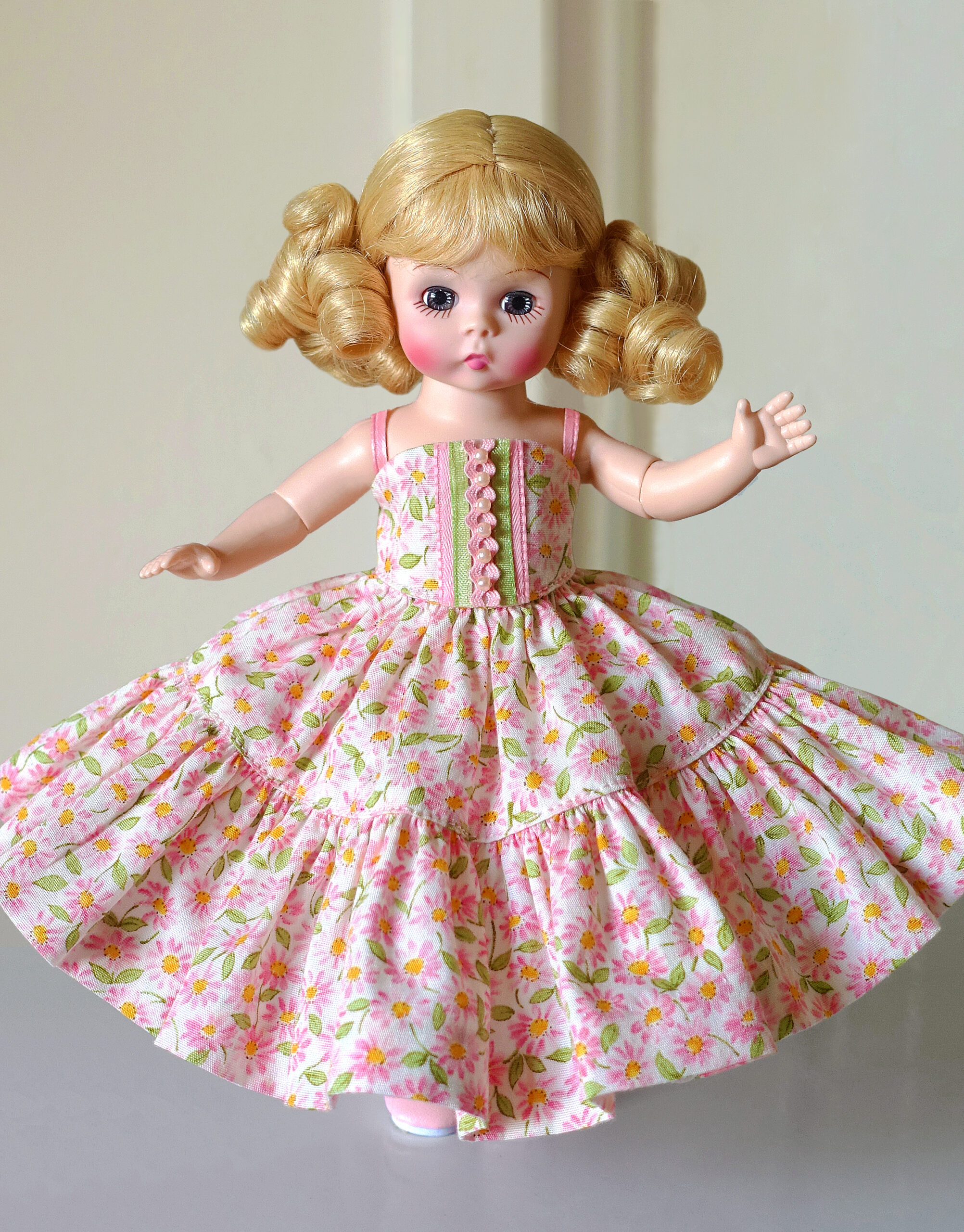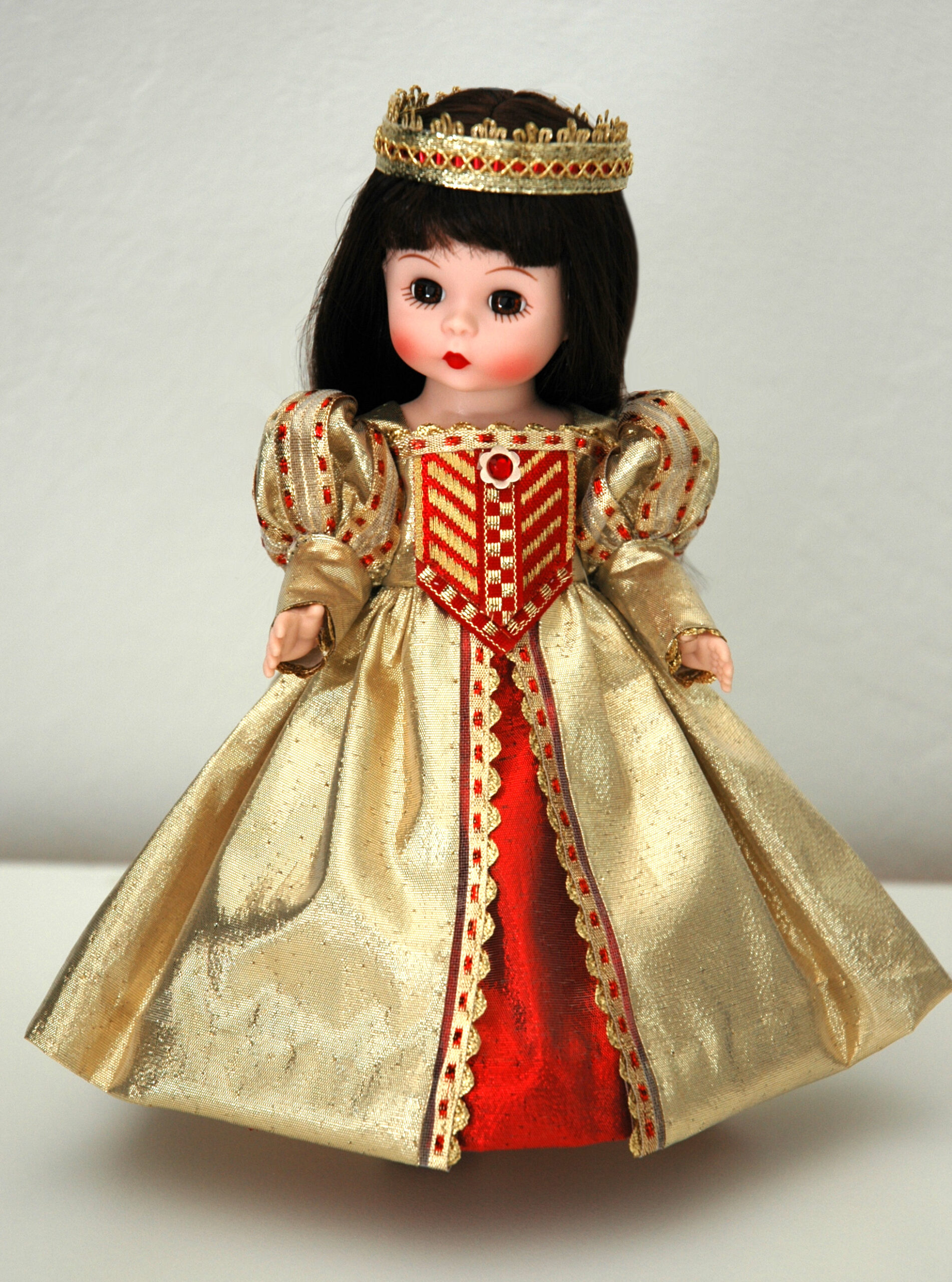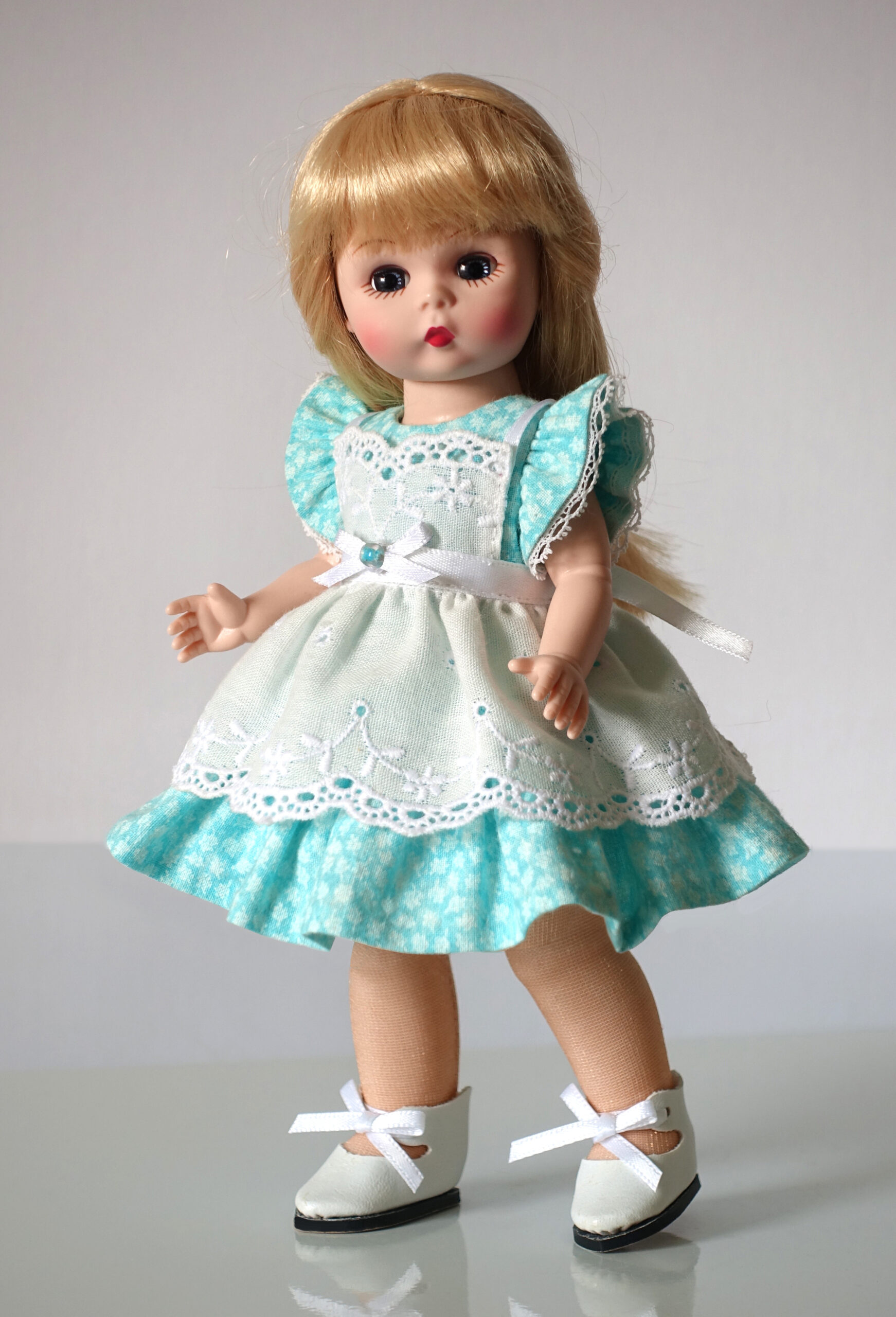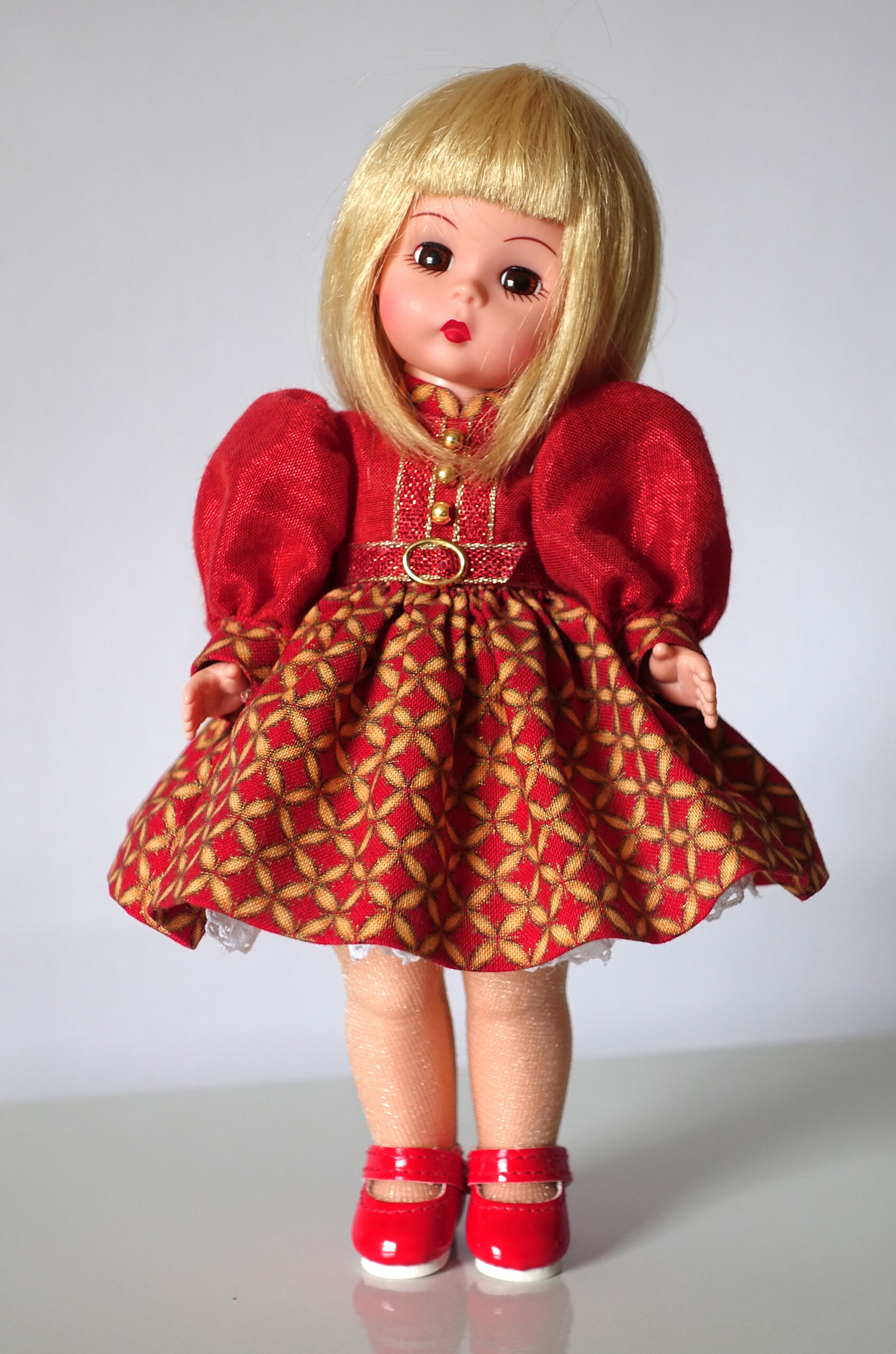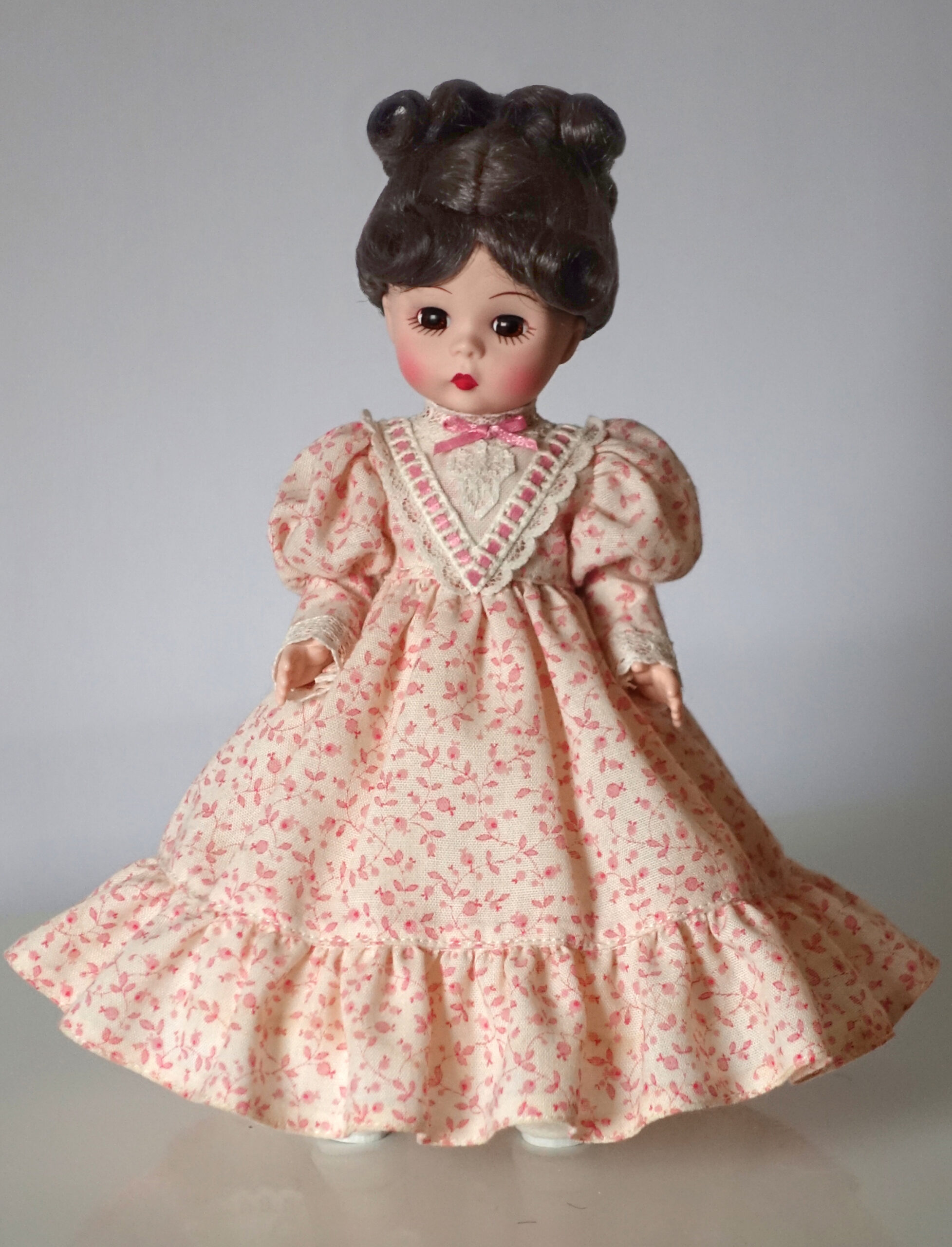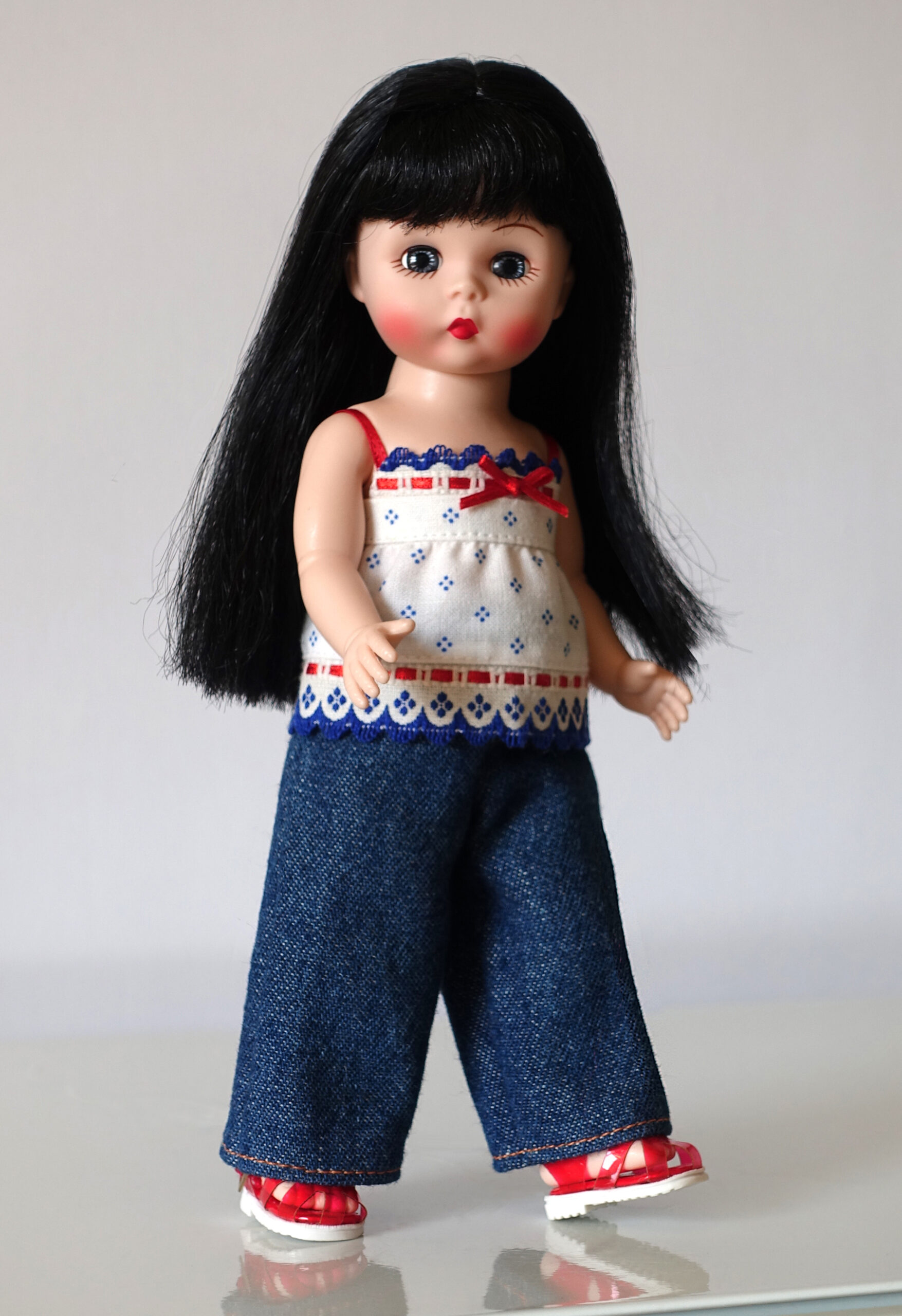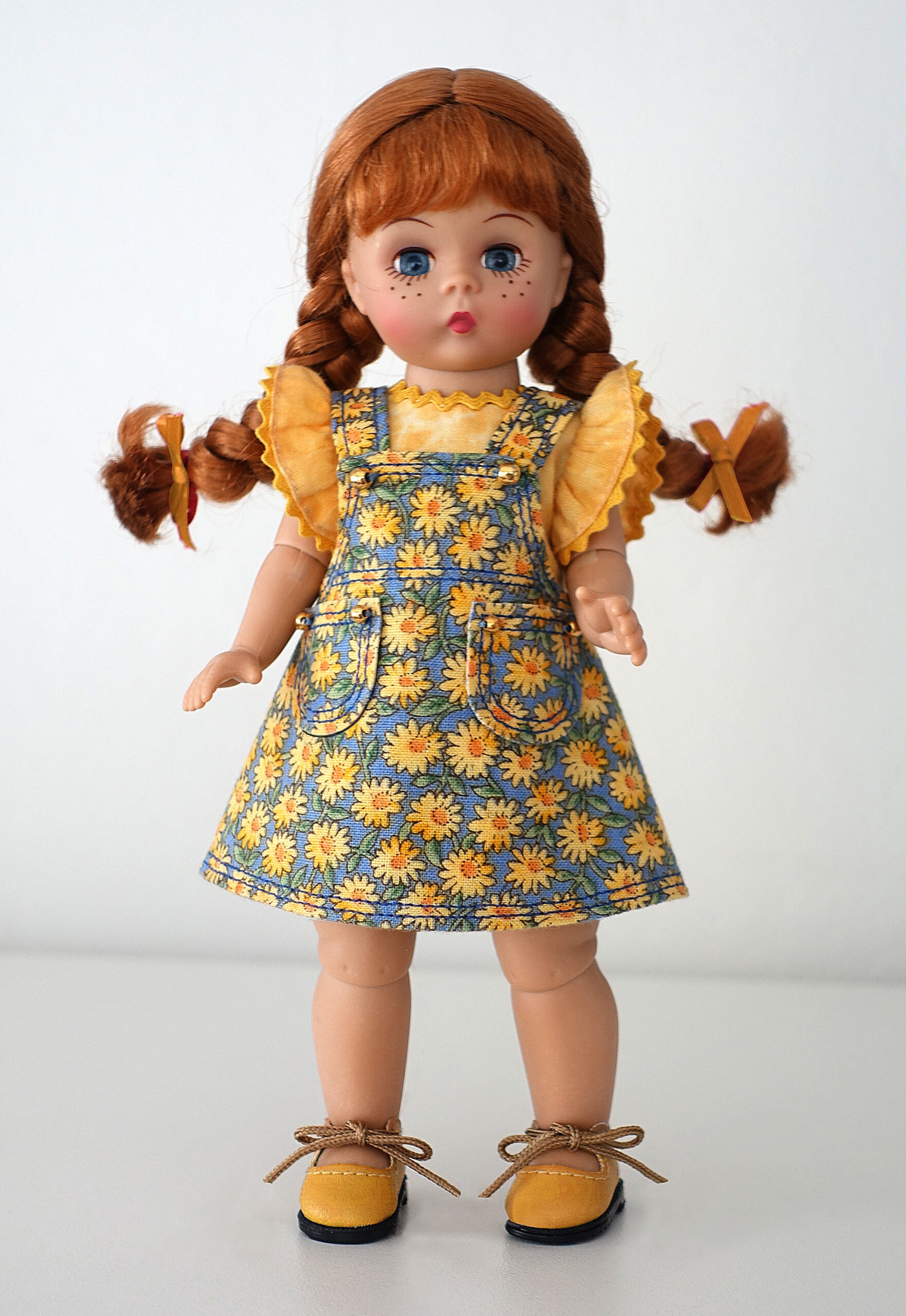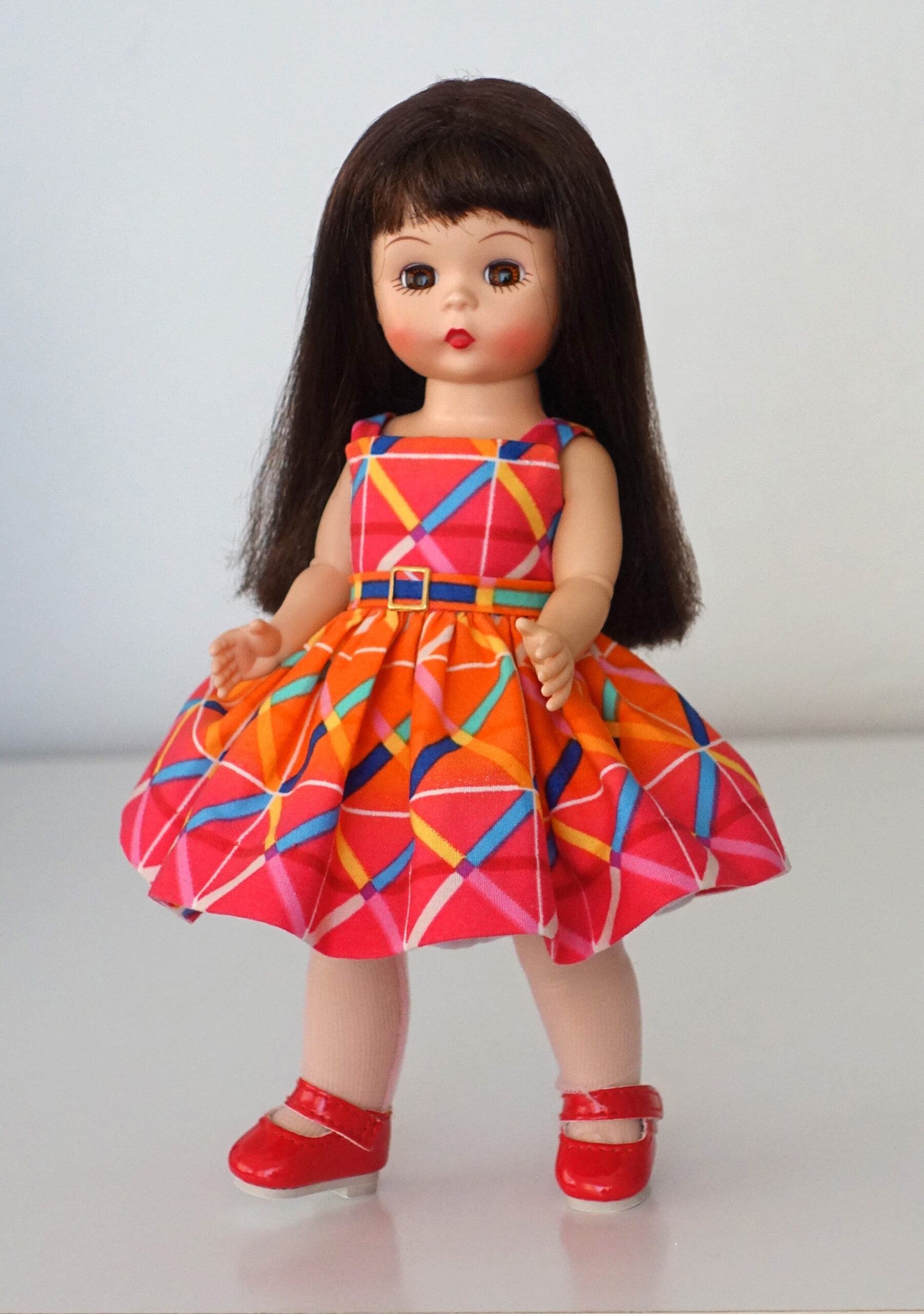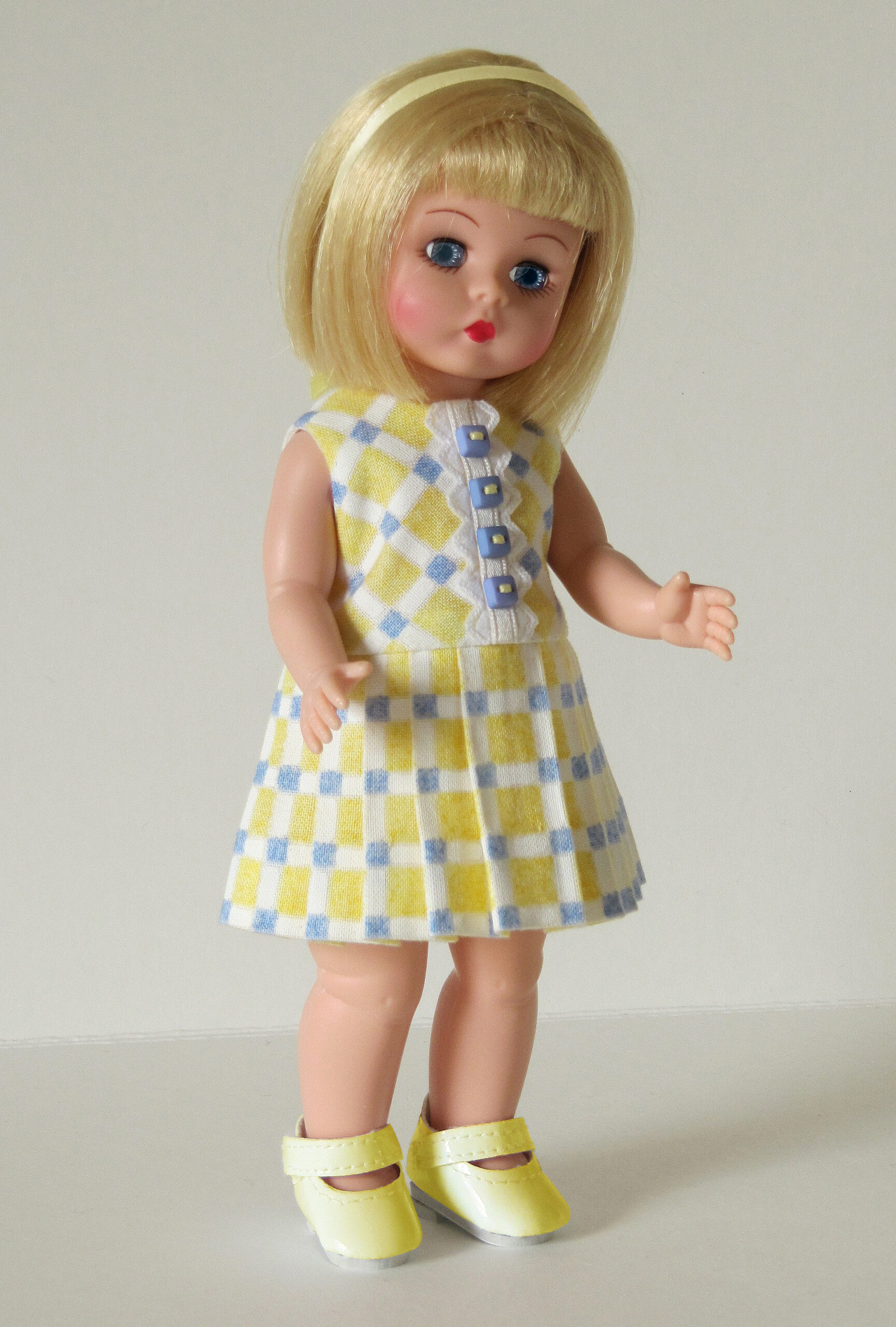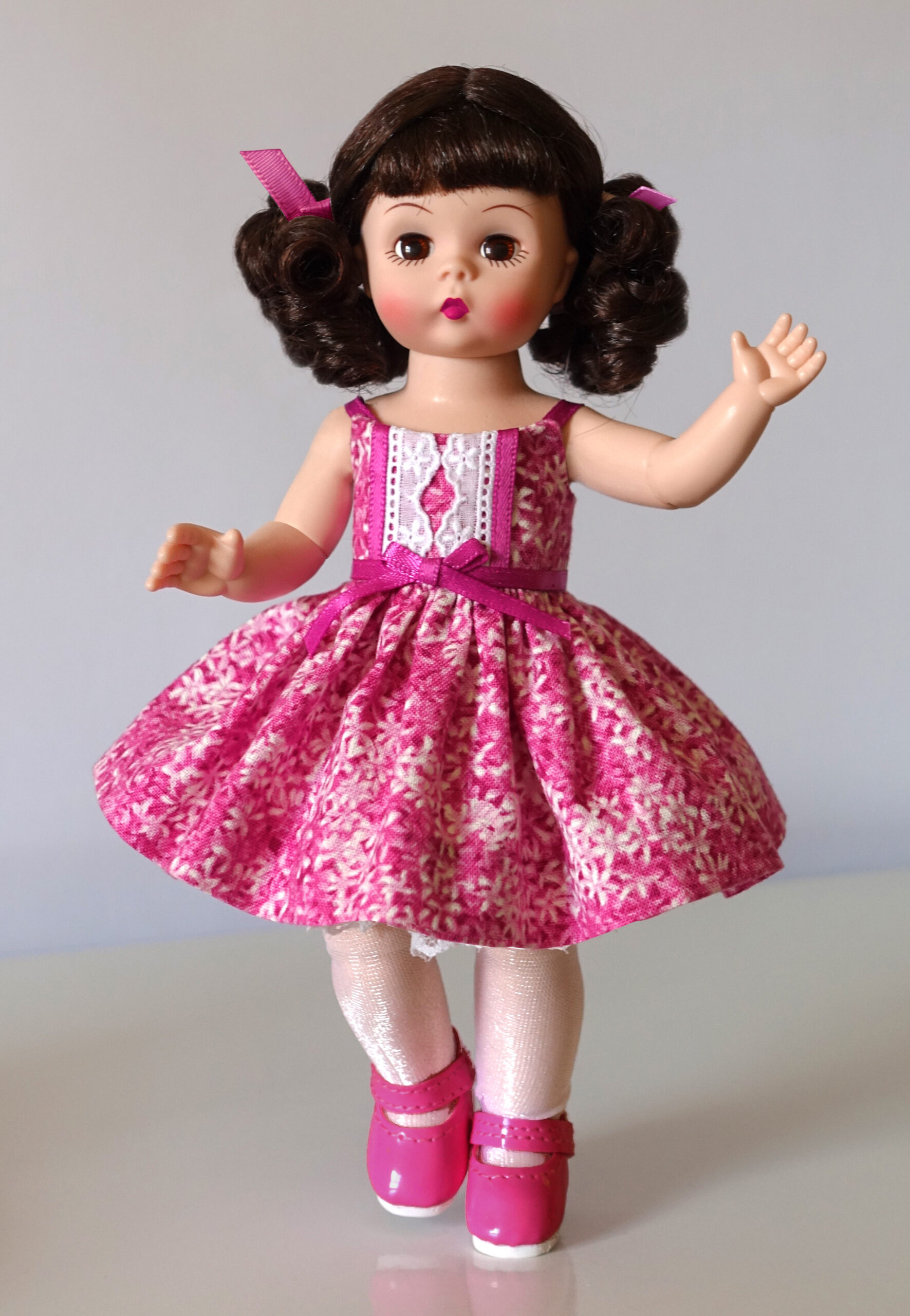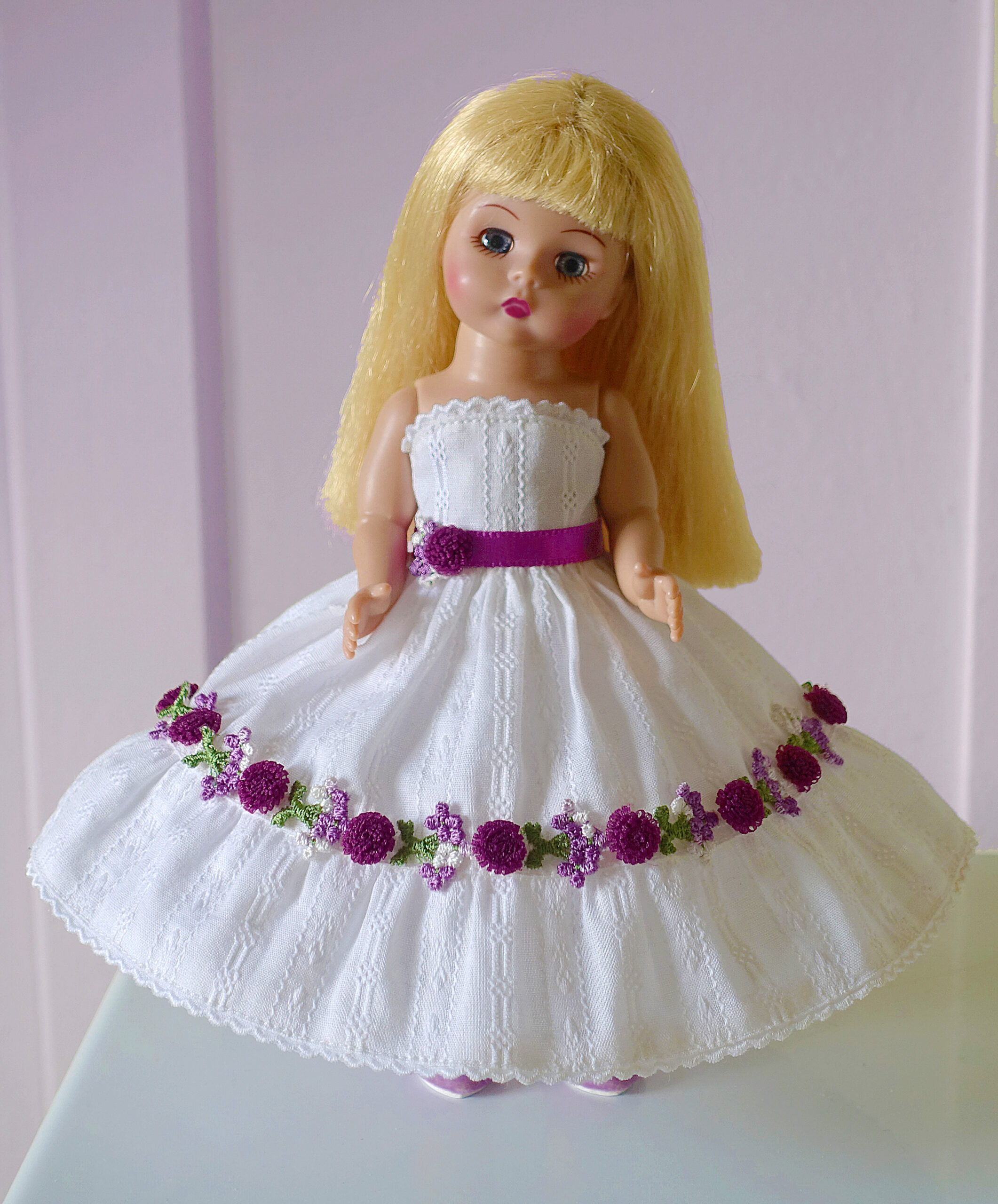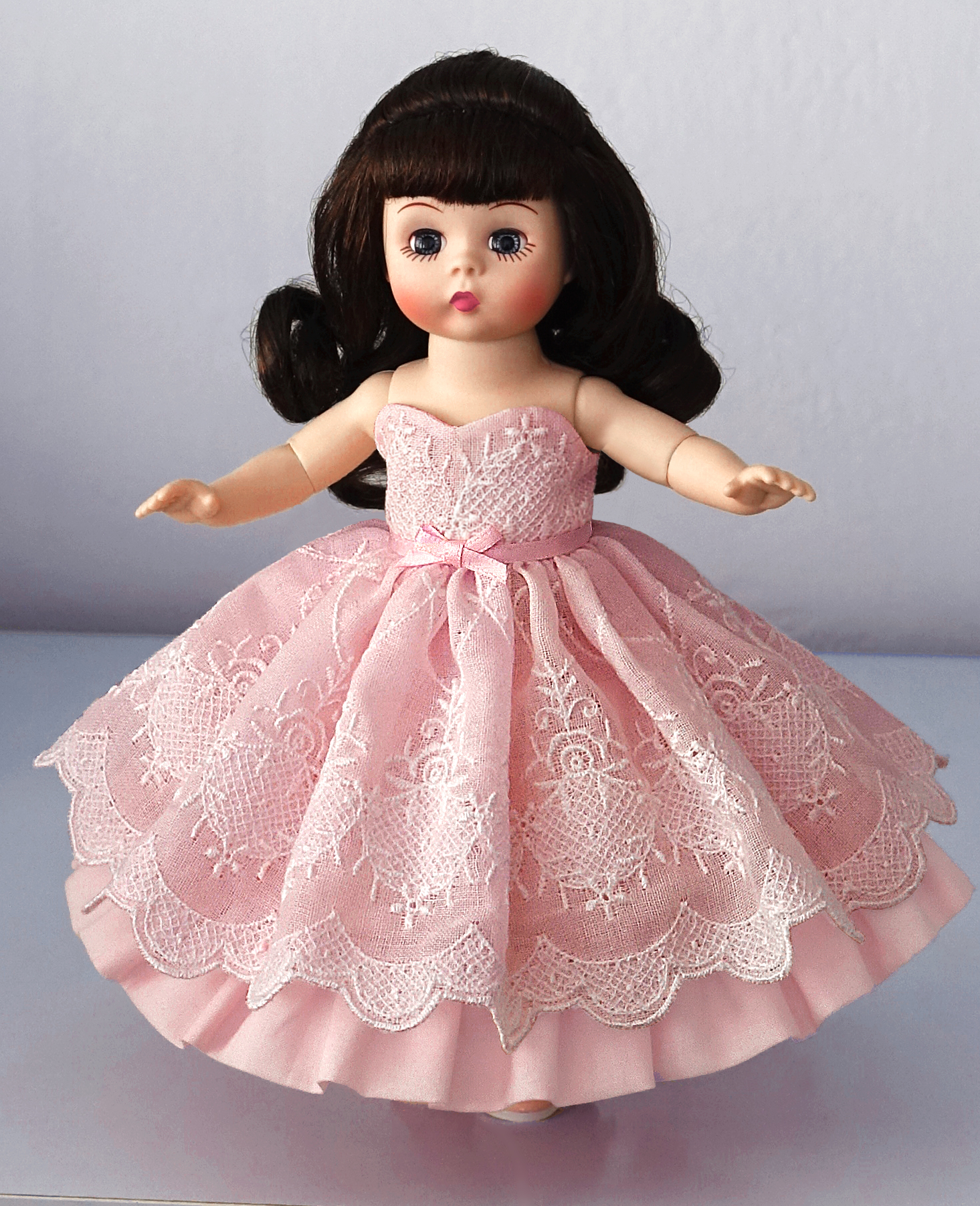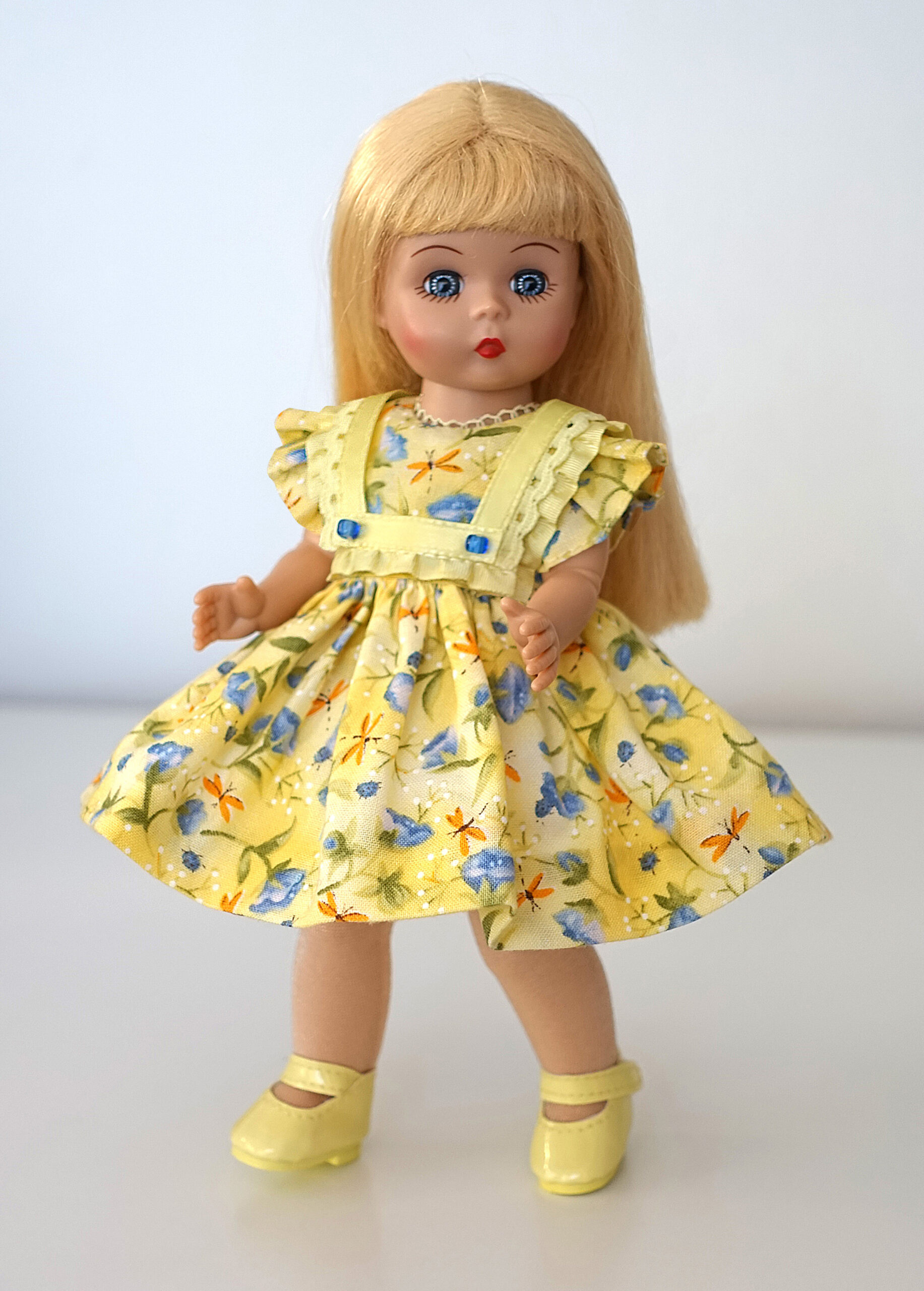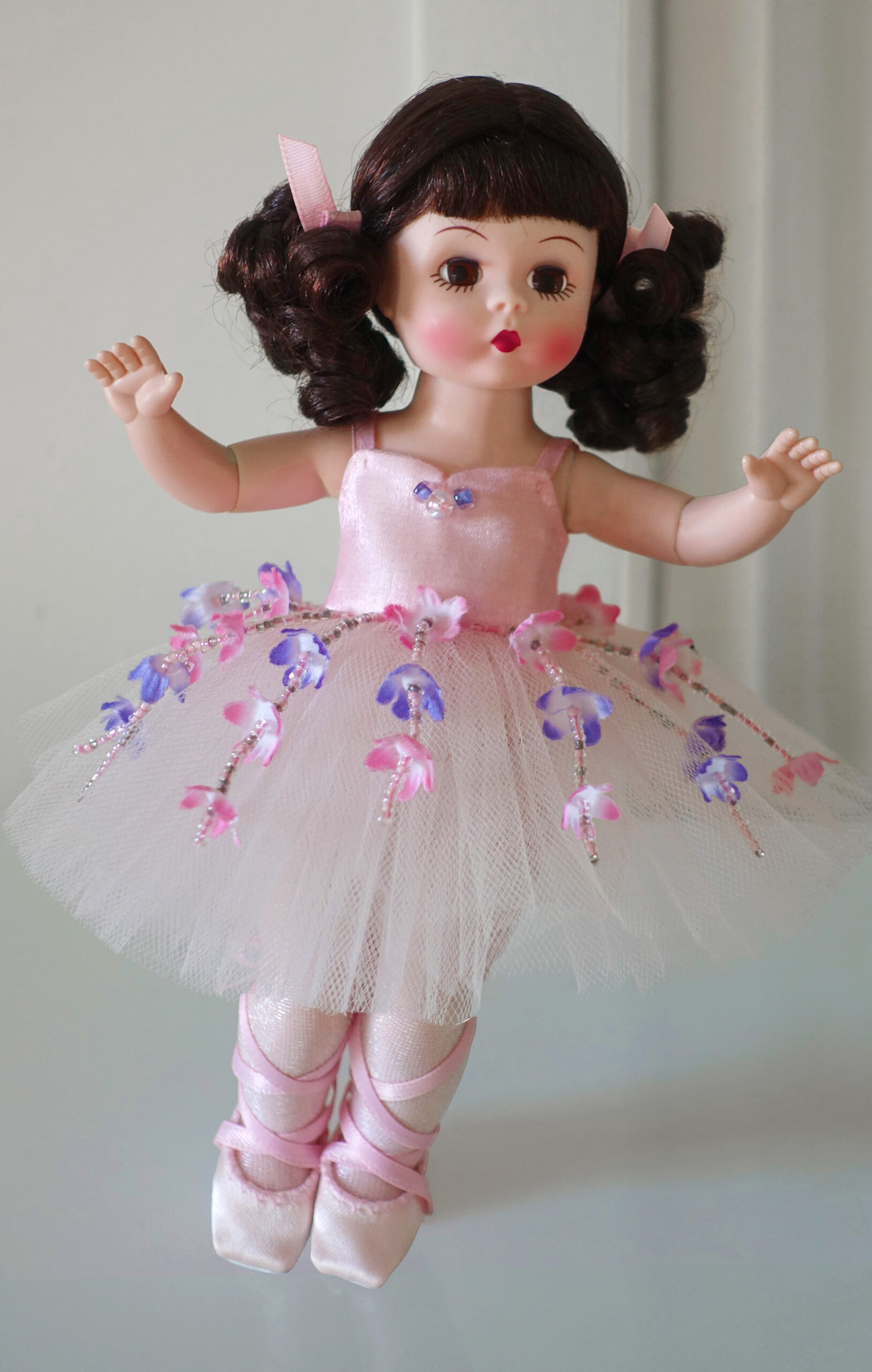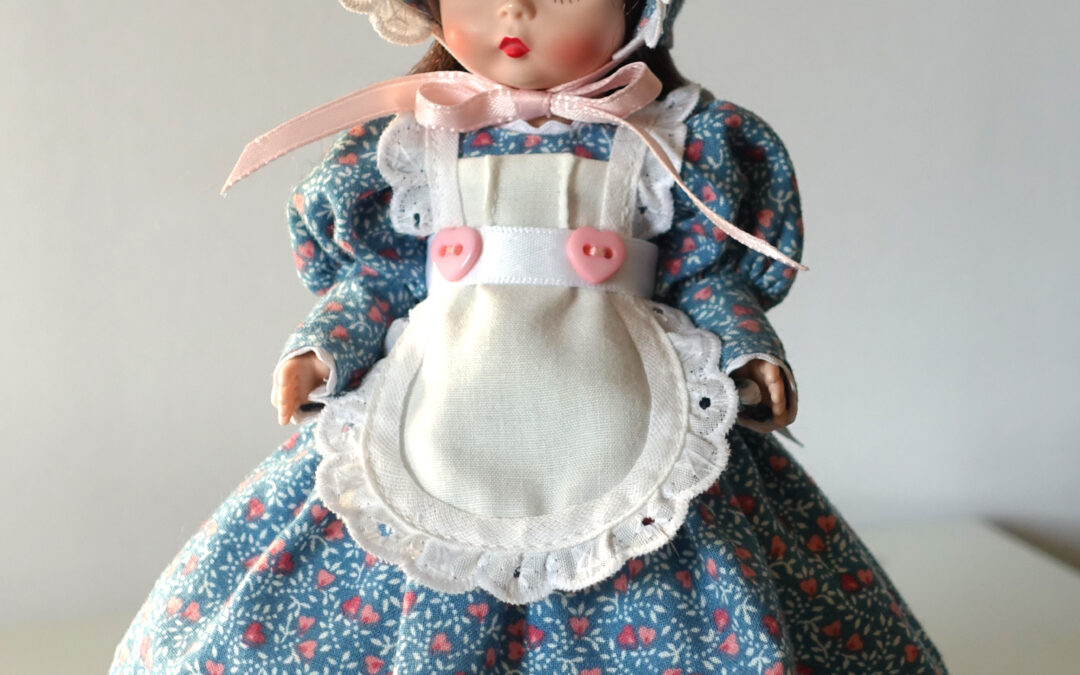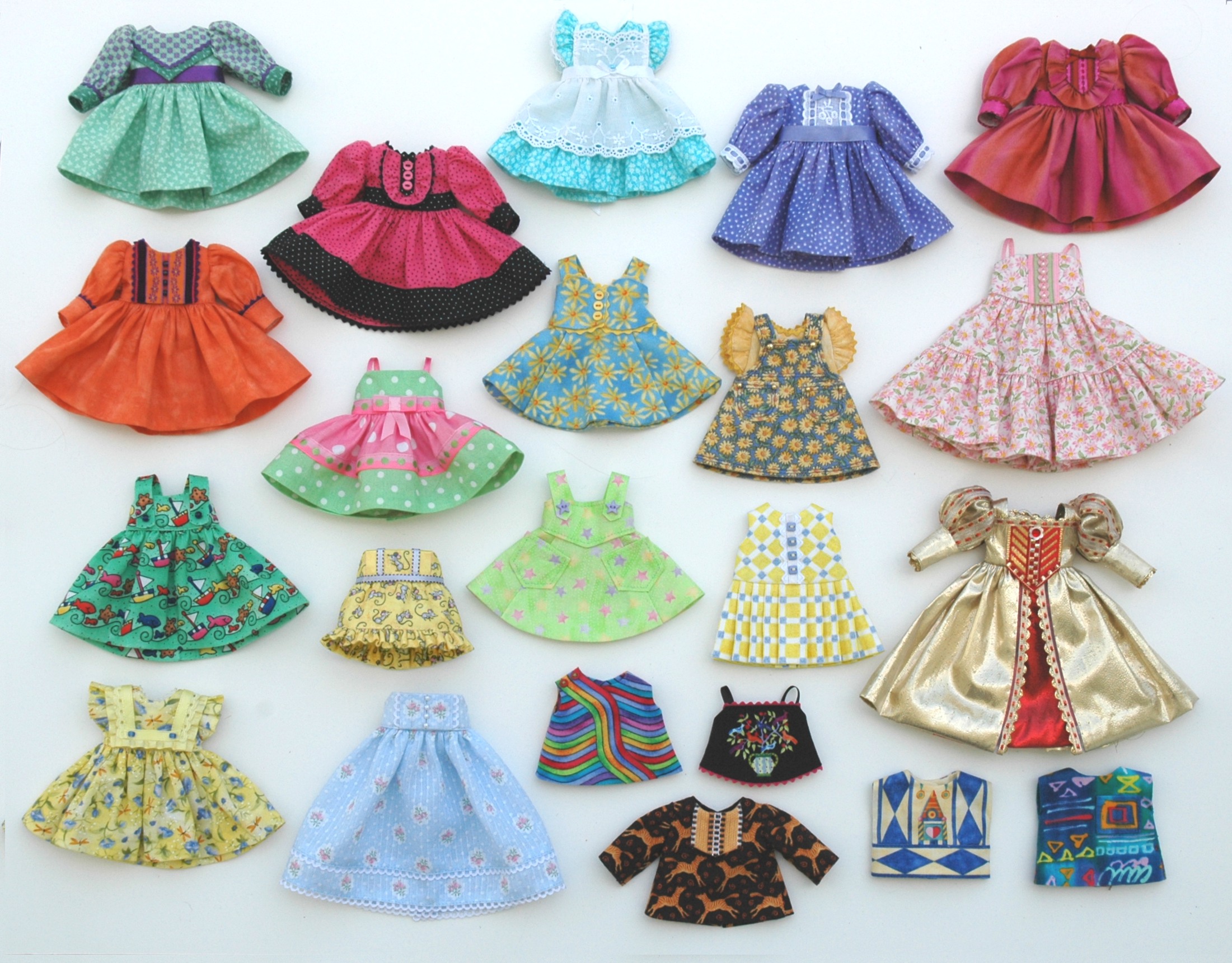
CHEATER, CHEATER, PUMPKIN EATER
CHEATER, CHEATER, PUMPKIN EATER
The other day I watched the movie Wonder, with Julia Roberts. In one scene the main character, based on August Pullman, decided during a math test in fifth grade to show his answers to a classmate to help him out. And what struck me was the movie’s indulgent attitude about this cheating—it made me feel good that they didn’t make a big deal out of it.
One morning when I was in fifth grade—while a couple of my classmates in front of me were furtively trading answers on a standardized reading test—I did something that would be life-changing: Worried that they were going to score much higher on the test than I was, I tried to peek over at a classmate’s answers.
Before fifth grade I’d always felt happy and confident in school. I’d had teachers I liked and who’d liked me—and maybe that was a mitigating influence that allowed me to feel smart and successful despite my father’s daunting expectations. But in fifth grade I had a teacher, Mrs. Koehler, who didn’t like me, though I never knew why. Soon I began noticing differences in my classmates’ abilities—Ronny and Carol were best at math and Margie was best at spelling. Up until then I’d been able to keep up with all the kids in the gifted group in my class, but now, for the first time, I began to worry about measuring up.
This was also the year that I started becoming obsessive and began to painstakingly write my homework in an elaborate cursive with fancy “descenders”—and if I made more than one mistake that I had to cross out, I would crumple up the page and start over.
It was the year I developed “eveningmares” and had to have a nightlight to sleep. I’d seen a movie called The Revenge of Frankenstein, and every evening after dark I became terrified of seeing the monster in a window, coming for me.
When I remember these details now, it almost seems to me that I was sensing an impending doom, and that this was a child’s way of externalizing her fear—for death was impending, though it was a psychic rather than a physical one. Because what was happening behind the scenes in my parents’ lives would, over the course of the next three years, spell emotional disaster for all of us. And, as Maurice Sendak said in one of his lectures, “Children know everything.”
When my teacher’s voice rang out, “Cathy, why do you feel the need to cheat?” I felt abjectly humiliated. What I couldn’t have known was how fateful this transgression of mine would prove to be.
